The Deadliest Plants on the Planet
Belladonna or Deadly Nightshade 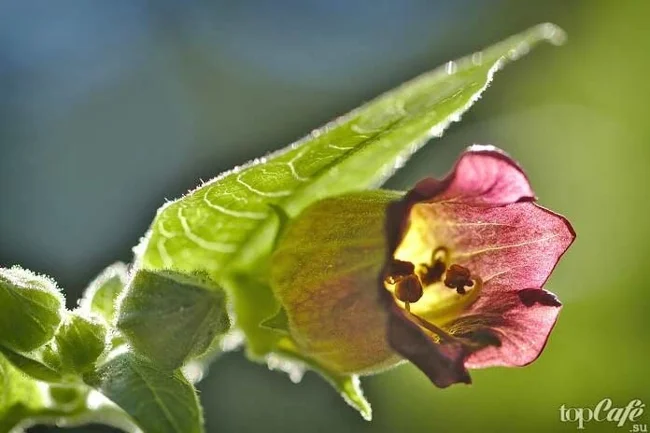
Belladonna is one of the most deadly and dangerous plants in the world. This species is found in Southern and Central Eurasia. The plant has green leaves and shiny black berries. The berries are sweet and appetizing, but they are dangerous to humans and can be fatal. The main poison is atropine. Another name for the plant in Rus' is "beshenitsa," as poisoning causes severe attacks of aggression. People unaware of the dangers often eat belladonna, believing it's simply a tasty berry. Even two berries are enough to cause severe respiratory convulsions and death. Mild to moderate belladonna poisoning can cause headaches, high fever, hallucinations, blurred vision, and disorientation. There are antidotes for the plant's poison, but will they be readily available? Interesting fact: In the Middle Ages, women used eye drops made from belladonna juice. These drops dilated their pupils and brought a sparkle to their eyes.
Hemlock 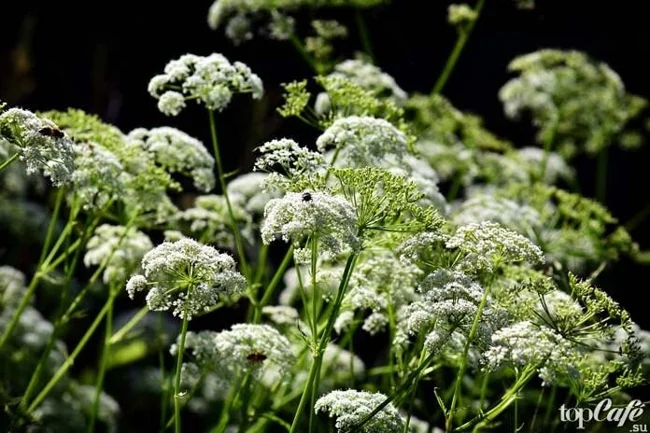
Hemlock has long been known as one of the most deadly plants in ancient Greece. The Greeks used it as a method of execution. Socrates is the most famous victim of hemlock. He was forced to swallow the plant's leaves. It only took a short time. The poisoning process is slow. First, it paralyzes the legs, then moves up the body until it reaches the lungs, after which suffocation and death occur. Hemlock is highly poisonous. The plant is native to Europe and North Africa. It grows up to 2.5 meters tall with a hollow stem. When crushed, its leaves release a pungent odor, which has been compared to that of parsnips.
Datura or Devil's Tree 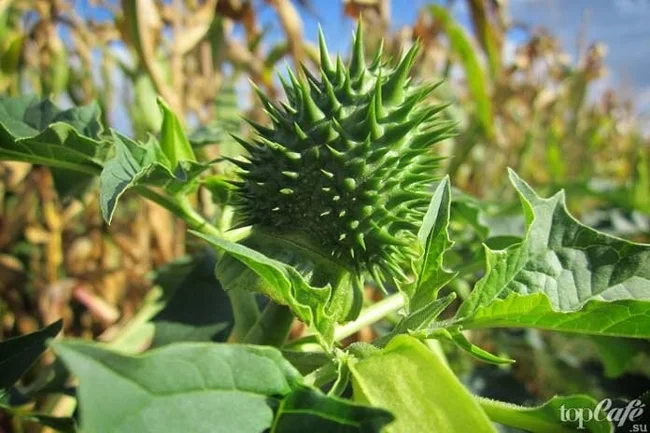
Brugmansia 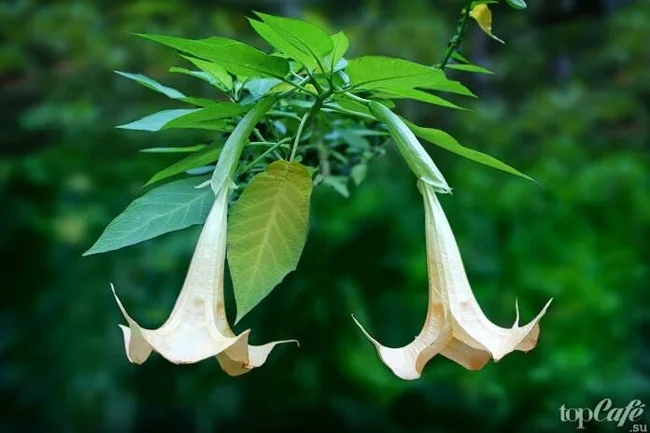
Brugmansia is completely poisonous, with most of the poison concentrated in the leaves and seeds. The poison can cause muscle paralysis, confusion, diarrhea, migraines, hallucinations, and, in the worst case, death. The potential hallucinations are attractive, but they are almost always aggressive and nightmarish. Nightmarish visions cause nausea and even confusion. There is a recorded case of a man amputating his own tongue and genitals after drinking just one cup of brugmansia juice. In some South American cultures, the plant is used to punish children who have misbehaved. They believe this is how children are punished by their ancestors in the spirit world.
Ageratina altissima or White Snake Root 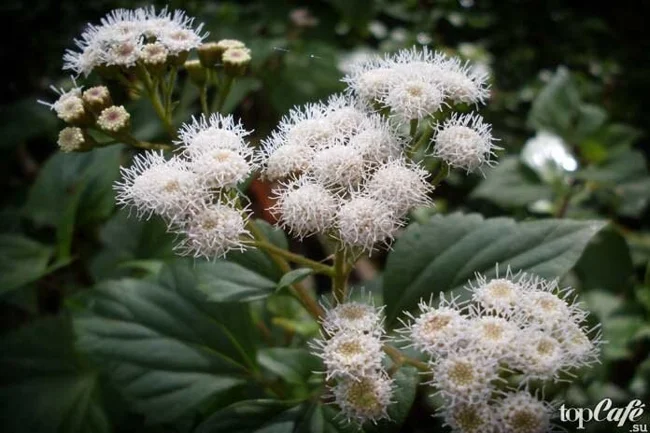
The plant grows about one meter tall. It causes a disease in humans called milk sickness. Cattle can consume large quantities of ageratina, which often kills the animal. Even a small dose of the plant poisons milk. People drink this milk and develop milk sickness. They experience weakness, vomiting, and loss of consciousness. In some cases, this can even lead to death. People can even become poisoned by eating cooked cow meat. It's not hard to guess what will happen if the plant is consumed in its pure form.
Oleander 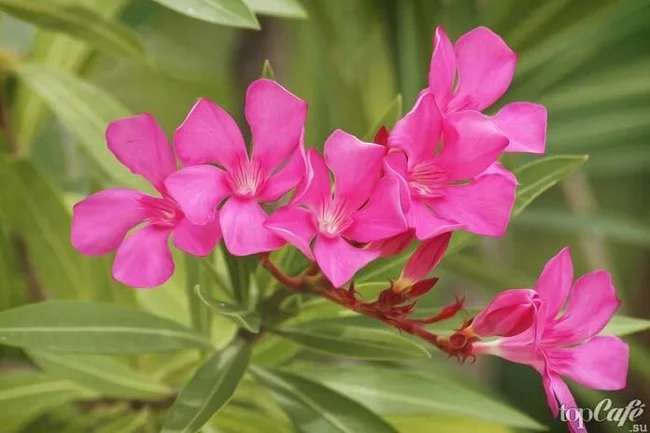
Oleander is a deadly but beautiful flower. All its parts are poisonous. People have been known to experience severe poisoning even after consuming honey made by bees collecting pollen from oleanders. Ingestion in varying quantities can cause diarrhea, convulsions, vomiting, coma, and, in extreme cases, death. Although the plant is highly poisonous, only three people in the United States died from it between 1985 and 2005. This is primarily due to the plant's unpleasant taste.
Wolf's Root or Aconite 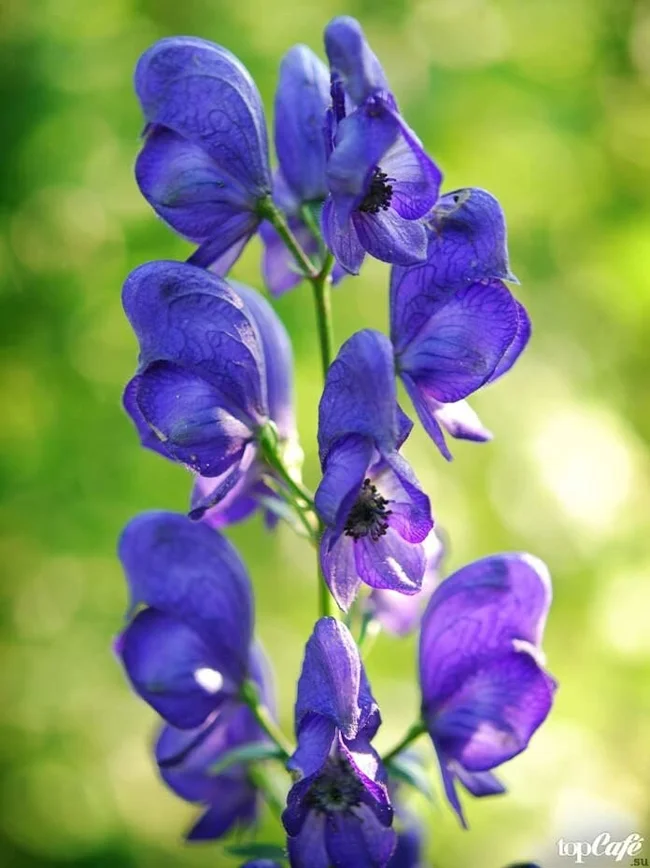
Wolfsbane (ancient name) or Aconite was used for centuries by Gauls, Germans, Slavs, and other peoples to poison arrows for hunting and war. The plant grows primarily in the mountains of the Northern Hemisphere. Its taste is unpleasant, but people often poisoned themselves by it, confusing it with another similar plant. The Ainu people of Japan use the plant to hunt bears. The Minaro people of Ladakh made poisonous arrows with aconite, and the Chinese used it for both hunting and war. The Aleuts of Alaska poisoned spearheads and threw them at whales, paralyzing the animal and then killing it. Most varieties of this plant are extremely poisonous. People tried to use it medicinally, but this is now strictly prohibited due to its aggressive properties.
Castor Bean 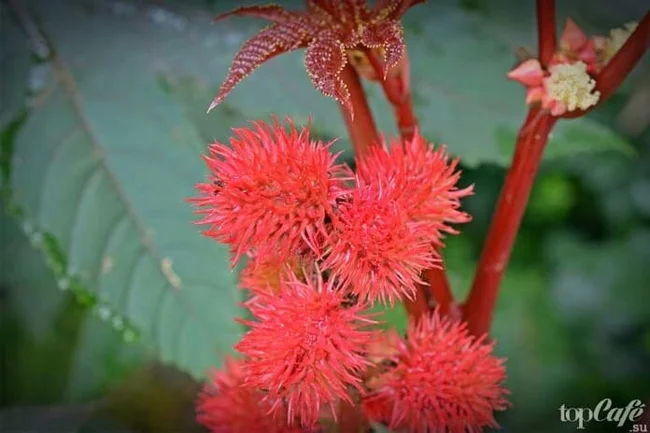
The castor bean plant is listed in the Guinness Book of World Records as the most deadly plant in the world. Castor bean seeds contain 40-60% oil, as well as the powerful poison ricin and the alkaloid ricinine. Just a few grains are enough to kill a person. Castor bean seeds were discovered in Egyptian tombs thousands of years ago. The oil was used to fuel lamps because it burned slowly. Castor bean plants are used to make the well-known castor oil, a simple laxative. During processing, the poison ricin breaks down into its components. Castor bean poisoning is almost always fatal. This is because ricin quickly destroys proteins in the human body. This process is unstoppable. Survivors suffer irreparable damage.
Cerbera or the Suicide Tree 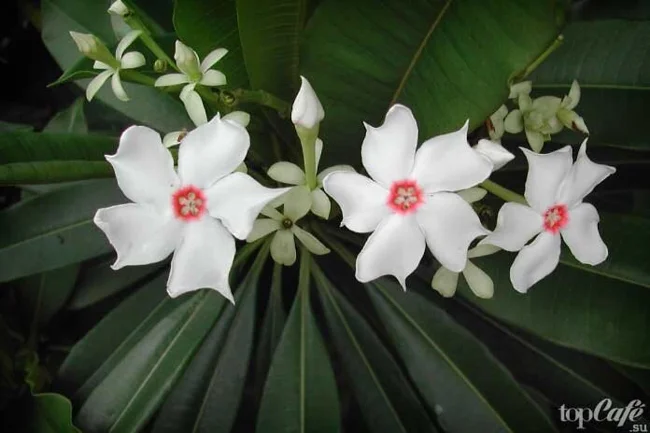
Cerbera is a type of tree that is deadly to humans. The plant is so dangerous that its name is compared to the ancient Greek dog Cerberus. The active poison in the plant is cerberine, a highly dangerous substance. Even the wood of this tree should not be used to light fires. This is why it is called the suicide tree. It is often used in India for suicide and murder. In the Indian state of Kerala alone, more than 500 people committed suicide using Cerberus in two years.
Manchineel or Little Apple of Death 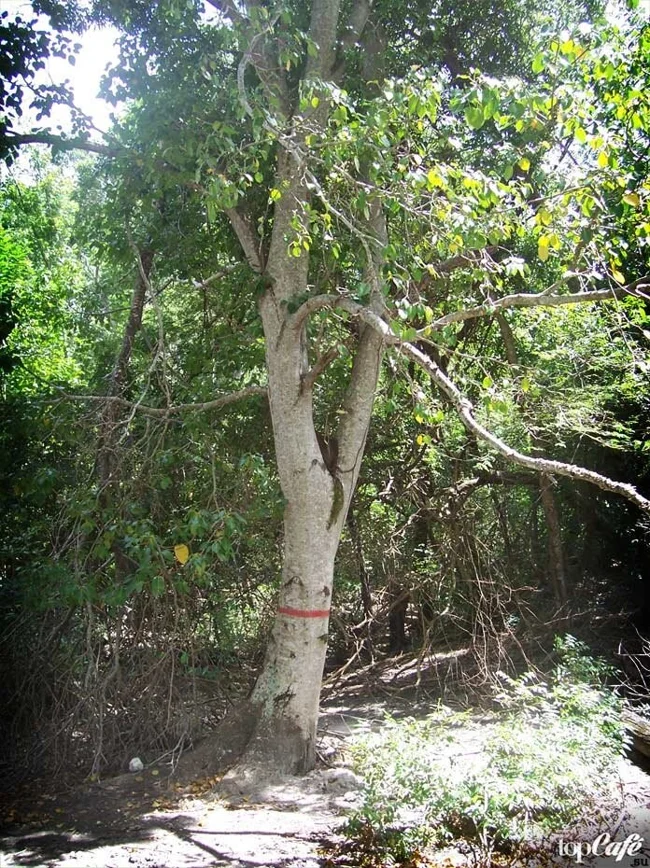
This is one of the most deadly plants in the world. The milky sap from this tree is a strong skin irritant and can cause severe allergic reactions, sometimes fatal. Avoid sheltering under the tree during rainfall. Your skin will instantly blister. Any liquid containing even a small amount of the tree's sap will cause blisters and irritation. The tree's fruit is alarmingly similar to apples, hence its nickname—the little apple of death. Uninitiated people mistake the fruit for apples and eat them. The fruit's taste is initially pleasant and sweet. Then, a strange, sharp burning sensation develops in the mouth, which develops into a tightness in the throat. This results in swelling of the throat and airways. It's difficult to swallow food due to severe pain. It feels like there's a giant lump in the throat. Smoke from burning manchineel can also cause blindness.
Add your comment
You might be interested in:























